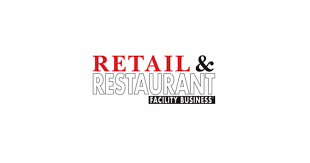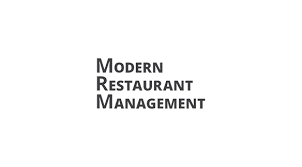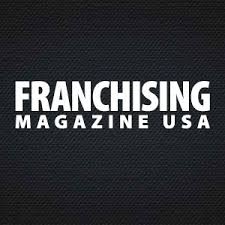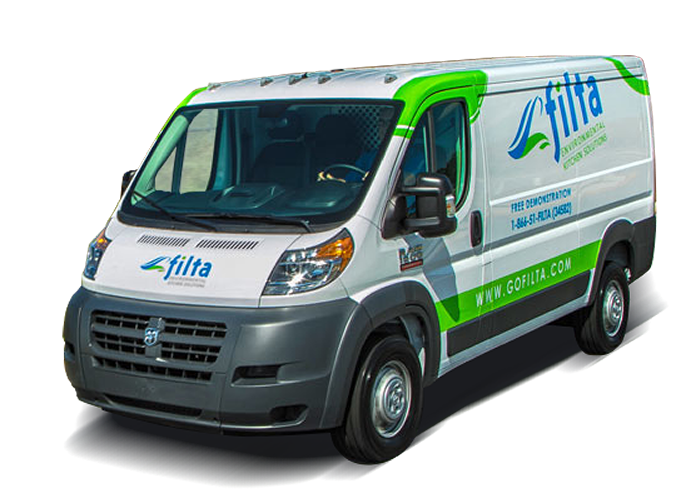To figure out ways to save on restaurant labor costs, you must have an accurate picture of where and how you’re spending. Is a large portion going to the front of the house or back of the house operations? How about staffing for busy times and holidays? Have you properly cross-trained staff so key workers are able to perform a variety of tasks? Have you outsourced high-intensity, dangerous, and/or specialized tasks to other vendors and management companies to make the best and safest use of your employees?
All these can be daunting questions but there are ways to break down these unknowns into bite-sized pieces.
Restaurant Labor Cost Percentage
Begin with estimating your total labor cost. A good rule of thumb is for your restaurant labor cost percentage to never exceed 30%. That is: you want to divide the total labor cost for the period by the total sales for the period. Multiply that number by 100 and you discover the restaurant labor cost percentage. Basically, for every $10 in sales, your labor should cost you no more than $3. (Keep in mind a fine dining restaurant will have a higher labor cost percentage than a quick-serve location.)
Once you understand where you’re spending and what that labor cost percentage is, you can begin to be properly informed about finding ways to trim costs and save money.
1. Turn-Over is a Killer
It’s no secret that restaurants typically have a high employee turnover rate, but it’s a cost killer. Every time you lose a worker, management must not only invest time, money, and energy into the hiring process, but once a new employee is hired, there’s downtime built in to train and acclimate that worker.
It’s ideal to keep your team happy and, therefore, not quitting. A few good ways to keep morale high include solid staff retention techniques like recognizing high performers with a free meal, public kudos, or paid time off. Various team-building events outside normal work hours can also add positively to the work atmosphere.
2. Cross-Train to Recognize Skills and Talents
Happy team members perform well – and everyone has their own unique skills and talents. One server may love running the line while another only wants to interact with customers. If you play up each person’s strength, not only will they be happier because they’re enjoying the task at hand, but it’s also highly likely they’ll be more efficient and faster.
Cross-training is critical to learn what people like and what tasks they’re good at performing. In addition to the individual morale-boost aspect, if you’ve proactively cross-trained your staff, they’ll be able to step in when a worker calls out sick or you experience an unexpectedly busy time. These challenging times can be effectively mitigated with proper staff cross-training.
3. Invest in Automation – Scheduling, POS and More
Nothing will ever take the place of a smiling worker serving food, but there are many restaurant tasks that can – and should be – automated.
Many software programs exist to help automate scheduling. Automated scheduling can prevent mistakes like giving an open shift to a worker who’s already had 35 hours for the week thus bumping them to a costly overtime rate when the open shift should have gone to the worker with only 25 hours for the week. Using historical data, scheduling software can also forecast busy periods, predict how the weather might affect restaurant traffic, and factor in the impact of holidays and day-of-the-week schedules.
Restaurants that invest in a mobile POS can realize significant labor reductions. Because mobile POS systems can allow staff to take orders tableside or directly in line at a QSR, this increases efficiency, turns tables faster, and improves employee productivity – all of which of course lower labor costs.
4. Outsource to the Experts
You probably wouldn’t ask an accountant to rewire the fuse box just like you likely wouldn’t ask a plumber to make a presentation to your investors.
Similarly, there are many restaurant tasks that are just too specific for your employees to perform – pest control, electrical, plumbing, and oil/fryer management all come to mind. Some of these tasks are either too specialized, dangerous, time-consuming, and risky – or all of the above – for your team members to implement.
Dumping hot grease from the fryer has inherent dangers and it is just not worth the safety risk for employee injury when there are vendors that specialize in fryer management. A company like Filta has the expertise and the equipment to quickly and effectively filter oil to make it last longer (increasingly attractive cost savings to restaurants) and then when the oil is no longer useful, remove it safely. Additionally, Filta’s proprietary method can remove that oil and ensure it is recycled for biodiesel fuel, a feature that’s quickly gaining in popularity for its obvious green, sustainable benefits.














